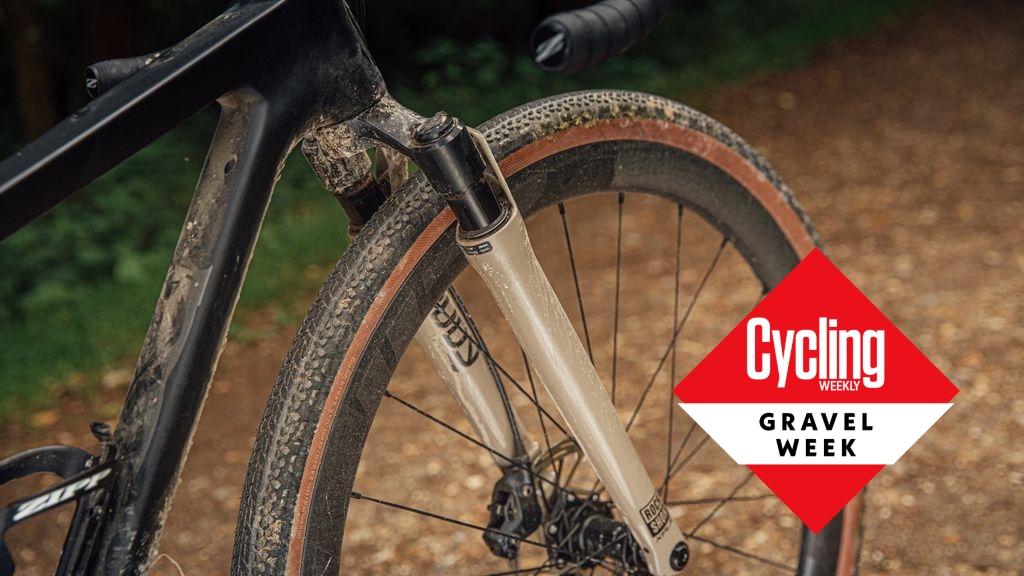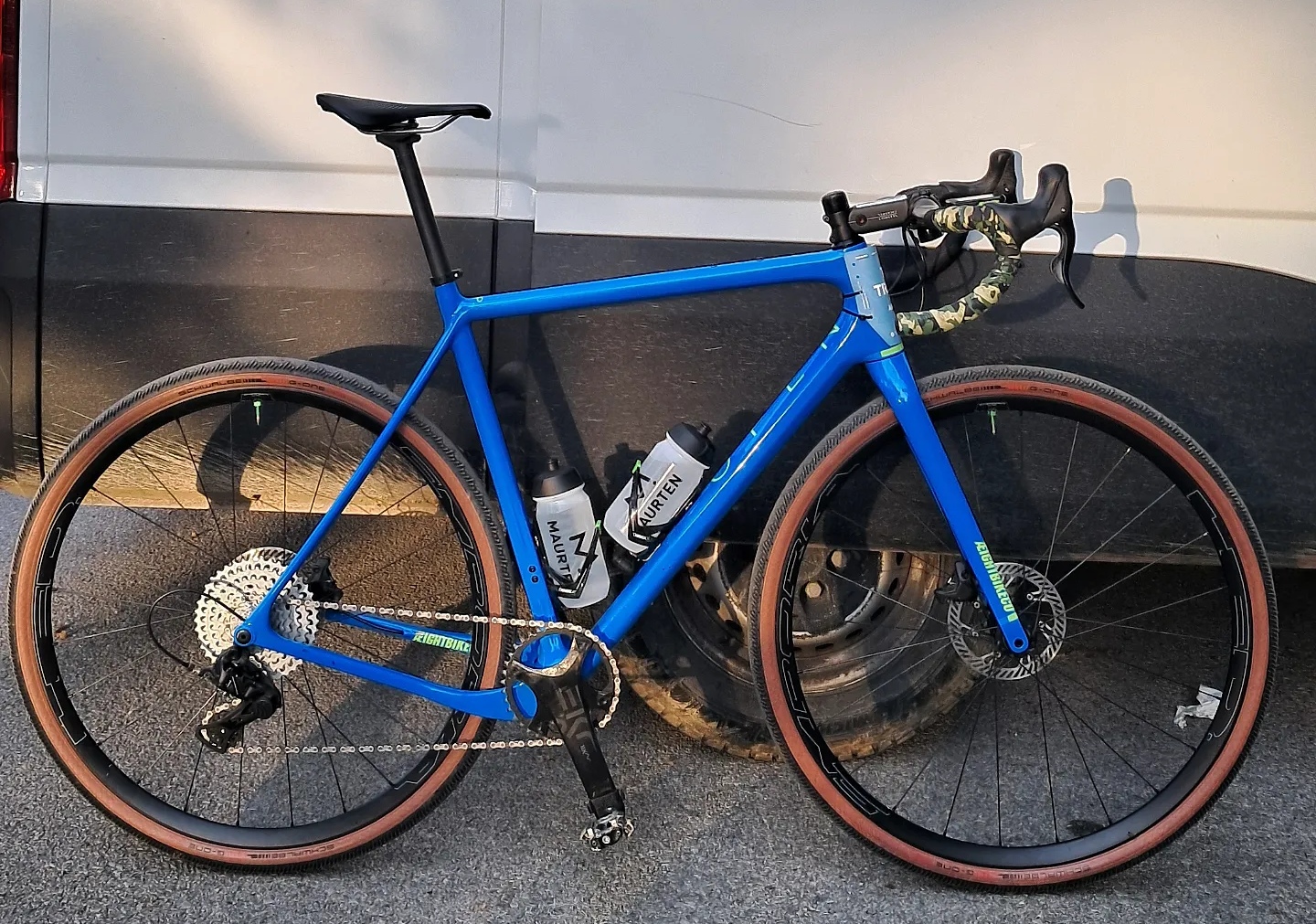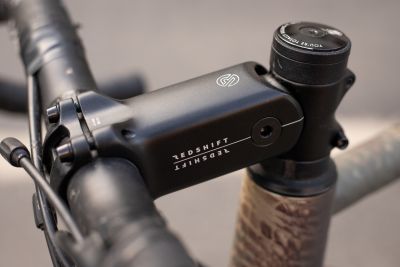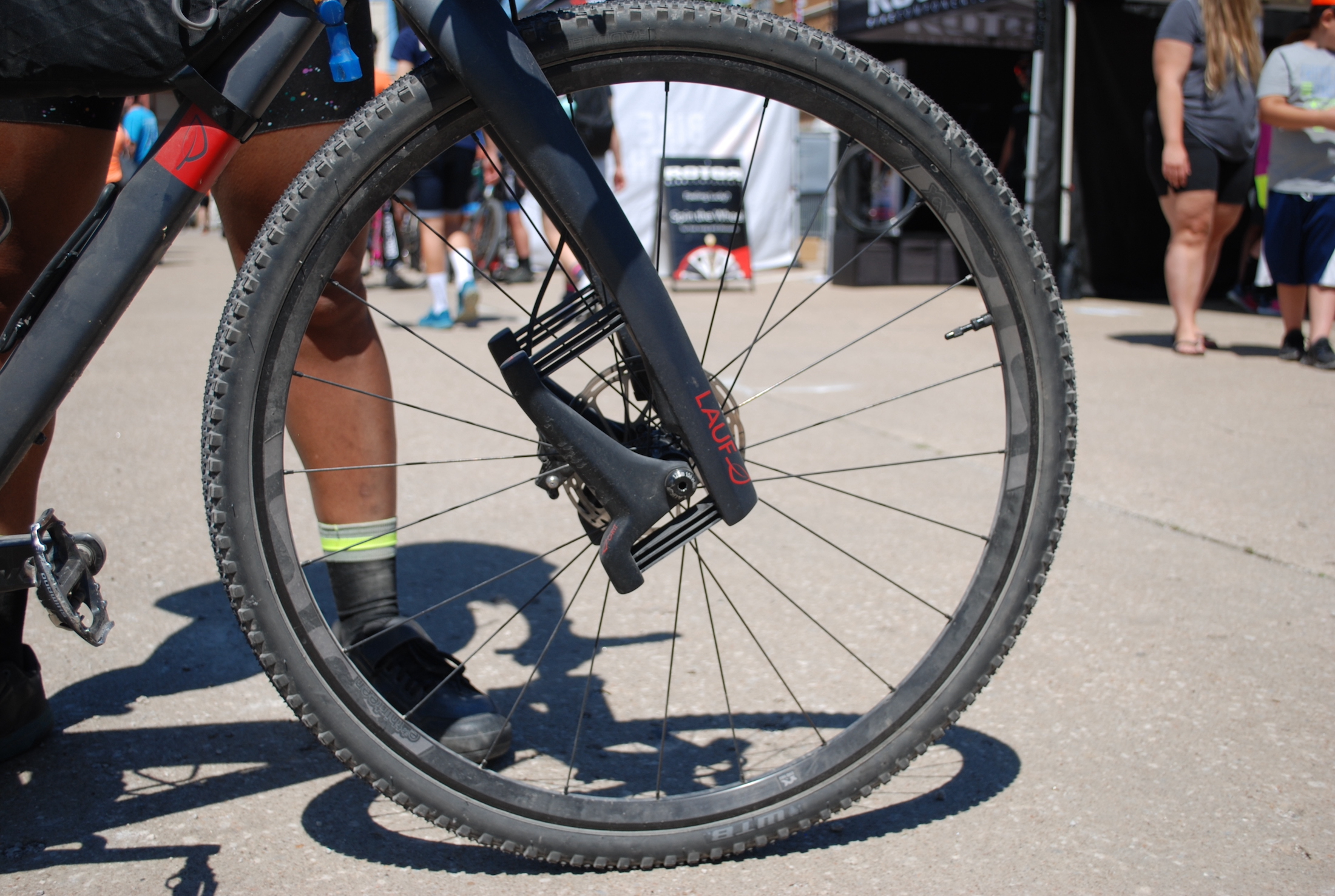I've tried every type of 'gravel bike suspension' going - here's what I really think of these systems, as a pro mechanic
Gravel bikes are becoming more and more capable, but, do they really need more squish? Mechanic Glen Whittington has tested most systems on the market, and says, 'it depends'


Suspension on gravel bikes isn’t new. You could argue that the Paris-Roubaix bikes of the late 80s/early 90s were basically gravel bikes and brands like Rock Shox were already experimenting with short travel forks and air shocks in an effort to smooth out the ferocious cobbles - that’s essentially what we’re doing by fitting suspension to our modern day gravel bikes.
Technology has progressed, and there are all kinds of solutions, from full telescopic forks, to bouncy stems, headset mounted systems and carbon components which are designed to flex and work like suspension - but which ones will make your bike better?
Unsurprisingly, the answer comes down to you, and the terrain you’re tackling. If you’re riding canal towpath style gravel or pristine champagne fireroads there’s probably a limited need to fit suspension, especially if you’re using relatively large volume tyres. A 45/50mm tyre, set at 25psi - a pretty common set-up on a modern gravel bike - can give most riders 20-30mm of suspension before you’re in any danger of damaging the tyre on the rim, and so negates suspension.
However, if you’re heading somewhere a bit more wild, or even into mountain bike terrain, I see suspension as a must-have item. Plus, it can be useful if your current bike doesn’t allow for bigger tyres and you want to do more with it.
My own field testing

Glen's own gravel bike, running a Redshift suspension stem
I’m currently running an Open U.P. - a fast gravel bike with enough space for a 40mm tyre, which is absolutely fine for smooth gravel. But, I fitted a Redshift stem for the more rocky stuff. This has 20mm of travel, which effectively doubles what I’d have got from the tyres alone.
One motivator for seeking a little more spring is that the suspension that you get from the tyre is having to deal with the combination of the bike and the rider, whilst the stem is only really suspending the rider. This “Sprung Mass” is another important factor and interestingly Redshift includes five different weight elastomers which you can fit in different combinations to fine tune your ride - this is similar to adjusting the positive air pressure in a telescopic fork and allows you to get the feel you like. There’s less moving parts and nothing to service unlike a telescopic fork.
Suspension options explained

Telescopic Fork: A telescopic fork is what most people think of when we say "mountain bike fork". It usually features both compression damping and rebound damping to control the travel.
Cannondale Lefty: A Lefty is similar to a telescopic fork, but is single-sided, hence the name.
Redshift Stem: The Redshift stem (pictured) is a brilliantly simple piece of kit which simply uses rubber dampers to control the travel. It's easily retrofitted just like any standard stem.
Specialized FutureShock: The Futureshock works in a similar fashion to a telescopic fork, but it's mounted in the steerer tube of the bike, and therefore suspends the rider rather than the bike itself.
Lauf Forks: A completely different take on suspension forks with no moving parts, instead, the Lauf uses carbon springs built into the fork itself.
Telescopic forks represent the next level in performance and muddy the waters between XC and gravel bikes. I’ve used the Fox forks - which boast 50mm of travel, similar to the Rock Shox Rudy offering [see feature image] - and found them to be every bit as smooth as expected. But did I need them? Probably not.
The latest race content, interviews, features, reviews and expert buying guides, direct to your inbox!
If I’m honest 50mm of travel was never really enough for more extreme terrain, where my XC bike would have been more fun, and the weight penalty made the bike behave badly, shifting all the mass to the front. On the plus side these types of fork feature rebound damping, which smooths the return stroke of the fork as well as the compression faze. As a result, this system worked well on bridleways which had been damaged by the likes of horses and tractors, then baked hard by the sun.
But that’s not the only fork based solution - Lauf make a great range of forks [see image below] which use carbon “springs” and I often fit these to my ÆIGHT ØNE gravel bike. As mentioned above, these forks don’t feature much in the way of rebound damping which sometimes causes a degree of harshness, but due to the short travel this isn’t really a concern.
The big benefit with these forks is the weight and the simplicity - there’s no moving parts to wear out and no servicing required, and the weight isn’t that much more than a normal fork. Some people say they’re ugly, but I quite like the way they look and for longer bikepacking tours, where you’ll encounter lots of different terrains, I think they’re the perfect solution. They also have tonnes of tyre clearance which means you can tweak the actual travel by adjusting your pressures as you go!

Lauf's Grit SL fork
Almost full circle and back to suspension in the stem/headset area, we have the Specialized “Futureshock” which the brand developed when they redesigned the Diverge gravel bike. The downside with having a huge amount of tech in a small space means that the suspension does need regular servicing, which can mean that the units need to go back to dealers. However, when it’s working, the Futureshock is a great bit of kit - the travel is damped by oil, rather than elastomers which means that the system is very plush, and importantly, can be adjusted on the fly.
Ease of adjustment is important, and it’s a big advantage over the Redshift stem - sometimes I ride with a rucksack, so I effectively weigh more, which means the stem behaves differently and should therefore be adjusted. With Futureshock you can do this on the go with an adjuster, but with Redshift it takes 20 minutes to swap inserts.
The bottom line
Suspension forks give the most supple ride, but for most riders, are normally overkill for gravel - they would be great if you’re based in the mountains. Tyre size is worth including in the debate because bigger volumes will give you more suspension and comfort. Lauf forks are best for riders heading out in to the middle of nowhere due to their simplicity.
The Specialized Futureshock or Cannondale Lefty system is worth considering if you’re buying a new frame or bike. But actually my pick of suspension for a gravel bike would be the Redshift - it offers just the right amount of simple performance, makes me feel much more confident and has very few negative points.

Glen’s an ex-racer who still finds time to ride bikes for SDWRacing. He started racing in 1998, initially specialising in XCO and Solo 24-Hour Mountain Bike. He became a mechanic in 2002, working in shops and also for professional race teams. During this time he spent more time racing cyclocross and road, and then also time trials. In 2013 he built his first bespoke frame and then spent several years at Roberts learning the art. Since then he’s designed, tested and now sells frames/bikes to the public as part of his ÆIGHT brand.